At the everday's use of coatings, sometimes the defects occur, which are not always due to worse coating quality, but often linked to not knowing the materials enough, their correct use, application conditions and application technique. It is very important, that we know to analyze such defects, establish the cause and most important prevent it.
This manual will help you to achieve this. We tried to present as clearly as possible the most frequent coating defects, which occur, to define the causes and above all to give instructions for their prevention.
We wish you a lot of success!
PUTTYING
PAINTING PRIMERS
TWO AND THREE-LAYER PAINTING
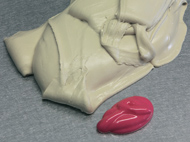
Reasons:

Reasons:
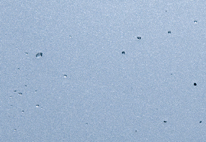
Reasons:

Reasons:

Causes:

Causes:
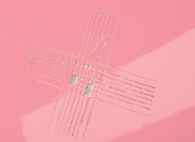
Causes:
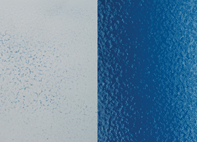
Causes:

Reasons:

Reasons:
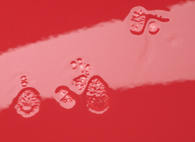
Causes:

Causes:

Causes:
Copyright 2012 - All rights reserved Helios Coatings Australia Pty Ltd

